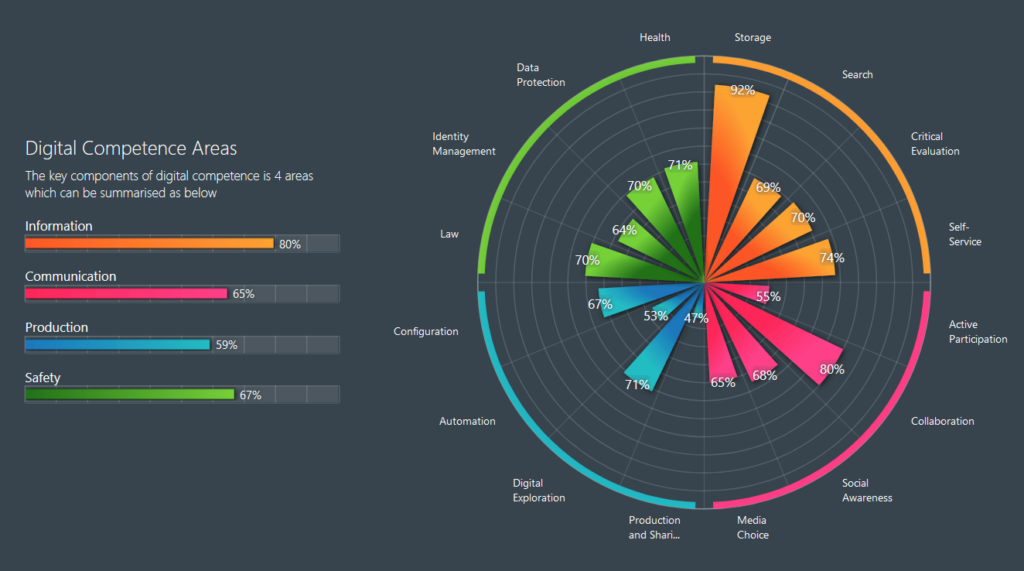DIGI CITIZEN
Kela, OmaKanta & Keva
Kela grants benefits for people in different situations. For example students, paternity, child benefits, sickness, unemployment. There’s a wide range different benefits and that is giving a picture that people won’t be left alone.
I’m quite familiar with different types of benefits in common. More specific contents however are stranger to me. E.g how to apply, how are qualified to get what type of benefit how long and why… I have had financial aid for my earlier studies and some reimbursement for medicines.
European health insurance card (EHIC) was quite easy to order for free. It cowers medically necessary treatments in EU and EEA countrys. EHIC works similar than travel insurance card but only in EU and EEA countrys.
OmaKanta is most know for me. It’s a easy site to inspect your own medical history, health information and prescriptions. Test results and diagnosis made by doctor are shown in OmaKanta quickly. In OmaKanta prescription renewall is easy. Just few clicks and job is done. No need to book doctor’s appointment or call anywhere.
My earliest retirement age is 67 according to Keva. Target age for retirement is 69 years. Difference between earliest and target retirement pension is few hundred euros per month. I believe that in most cases people have to work for target age at least at areas where expenses are high. I think nowadays people have opportunity to do work that they enjoy. Being well at senior age enable working after retirement age has passed.
Web shop
I’m not a big internet shopper but I explored eBay. It’s a place for commercial to businesses and private persons. Selling items can be brand new or second hand. Price level is little bit cheaper than in local shops especially selling second hand items. Comparison with other online stores showed prices to be pretty much the same.
Information of the product depends on the seller how precise he/she wants to be. I find eBay very reliable because everyone has to create a verified account and user are giving points to each other after sales.
Oura
Oura is a Finnish well-fare ring. The ring measures the heart rate (workout, rest and daytime), heart rate variability, body temperature, breathing rate, oxygen saturation, sleep phases and their lengths, and the ring anticipates a menstruation cycle. Measurement can be done on a daily basis or over a longer cycle, making the development more noticeable. Long-term follow-up provides information on the effects of persons eating habits, exercise and sleep quality on recovery. Oura is compatible with a number of other common wellness applications and devices. For example, physical activity or sports data from a smartwatch will also be transferred to Oura for use.
I have used Oura over six years for monitoring my recovering. Sleeping data is usually how I feel after slept night. I have tried to chance my going to bed little bit earlier courtesy of Oura. That way I would reach my normal sleeping rhythm. Overall I am pleased with the information Oura is producing.
Digital gap
Digital solutions must contribute to inclusion, social well-being and reduce inequality. Reducing inequality will be included as default in all aspects of well-being and health and will be treated as part of the prerequisites. There is a risk of digital gap. It means that digital tools and their poor use and exploitation skills undermine citizen participation in society and the social sphere. This is including also young people.
Comment for fellow students
DIGI CITIZEN
DIGI CITIZEN
Digital Competence Test

Mediocre result as I figured.

Producing and sharing is only 47%. Mainly because I aren’t interested to create, assemble parts and modify content in many different formats. I have ability if that kind of things need to be done e.g in work life. Every number could be better. Low percentage parts aren’t just my thing.
Self evaluation and self reflect
Kela, OmaKanta and Keva were quite familiar things for me. I think usage of those instances have been increaced because of easiness, uncommited to place and time and effectiness.
Digital Competence Test and digital gap were most interested parts in this task. Everyone should take the DCT to figure their skills. That would give information of parts which can be improved. That is one way to avoid digital or digitalization gap.
Interesting task. Something familiar, something (and lot) new. I was actually quite surpriced of my digital skills even I’m not riding that wave.
Leave a Reply